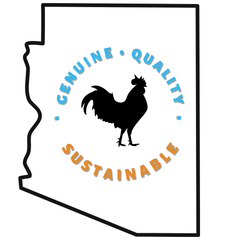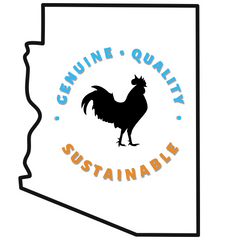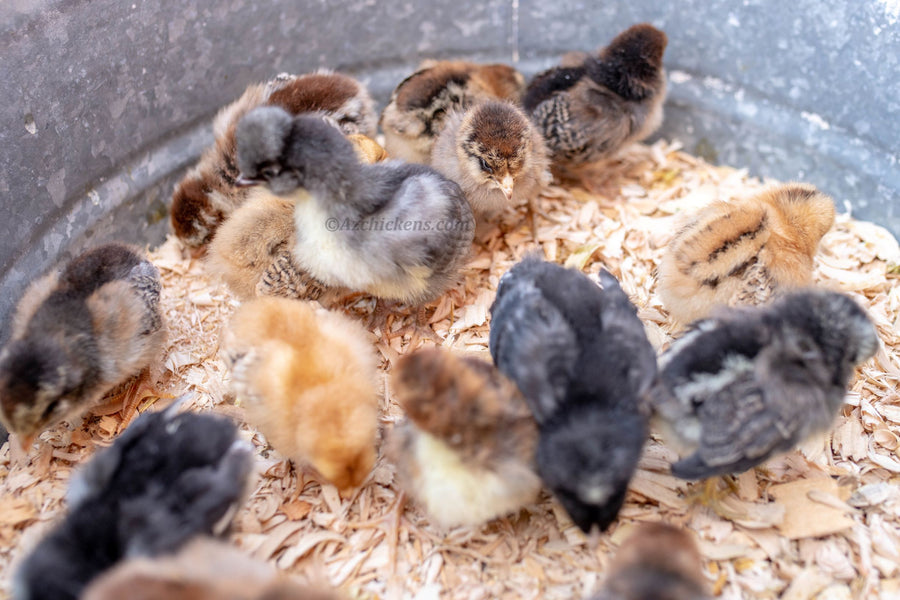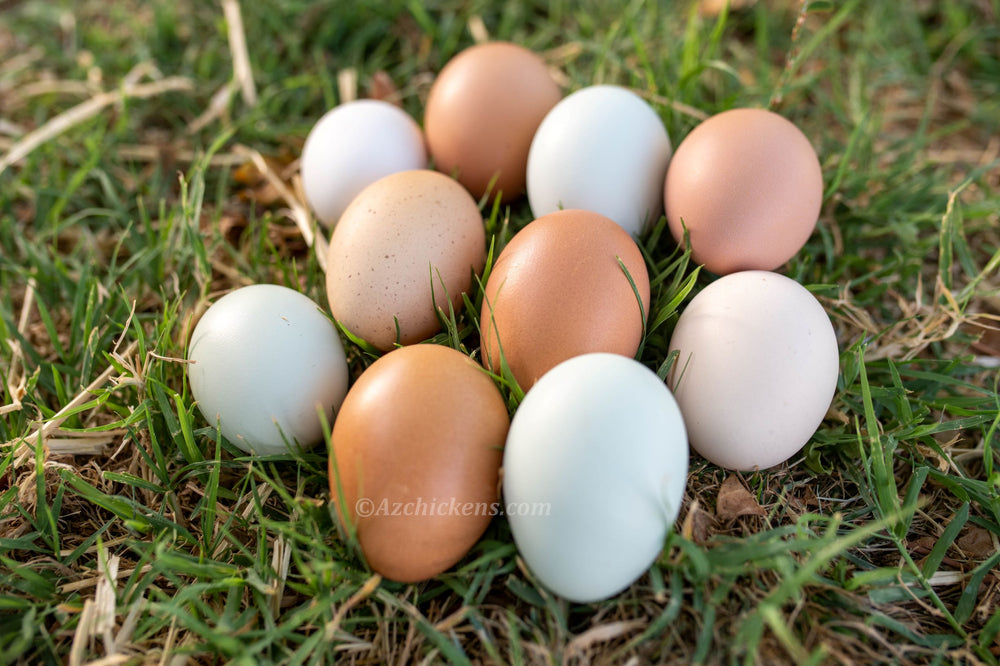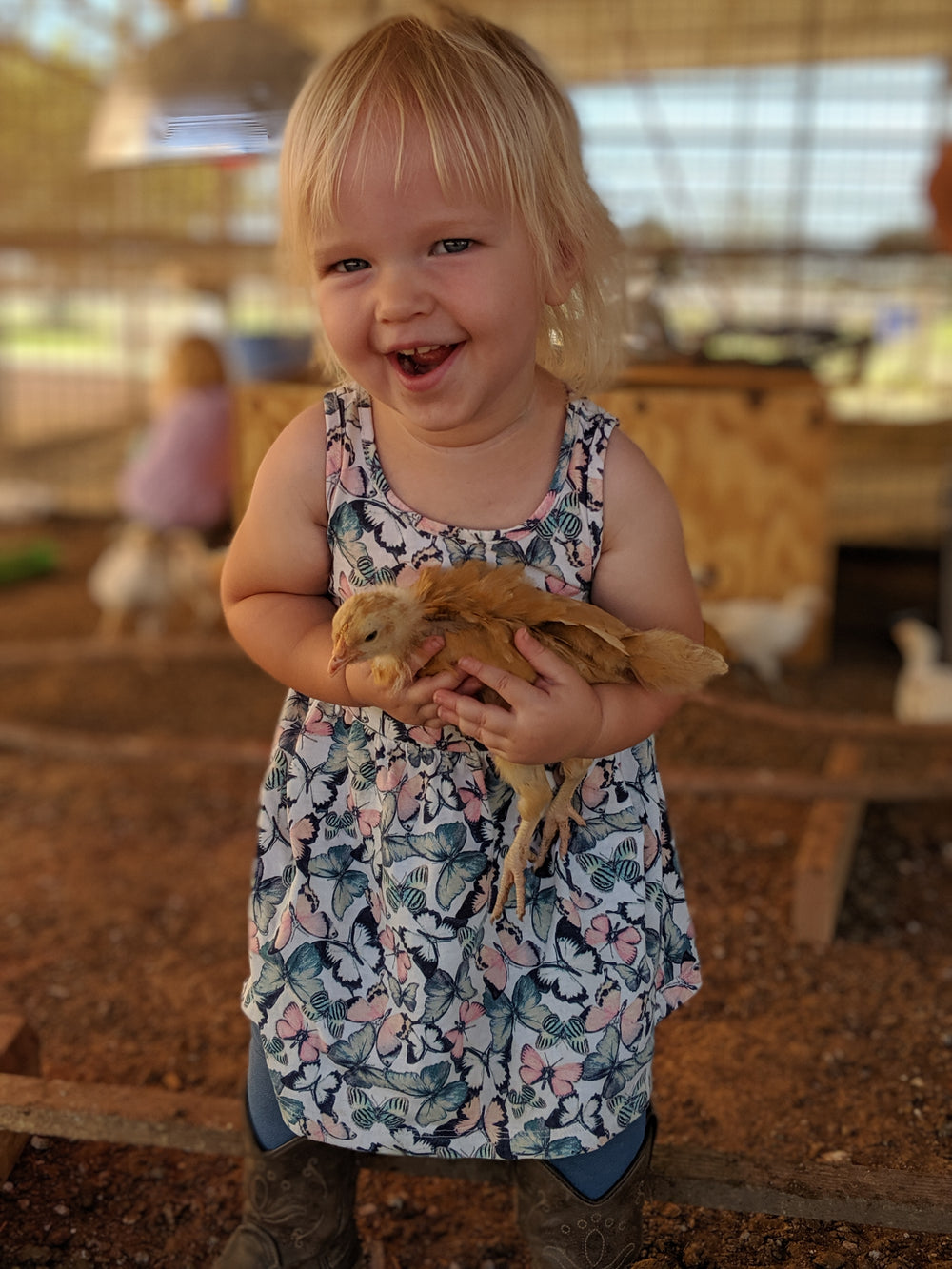The Black Tartarian cherry tree, also known as the Large Black Heart, is a heritage variety cherished for its deep red, almost black fruit and intensely sweet flavor. The cherries have tender, juicy flesh, making them perfect for fresh eating or adding to desserts. An early-season variety, Black Tartarian ripens in late spring to early summer, providing one of the first tastes of the cherry harvest. This tree is not self-fruitful and serves as an excellent pollinator for other varieties, such as Bing or Craig’s Crimson. Thriving in sunny, well-draining locations with moderate chill hours, Black Tartarian cherry trees are vigorous growers and produce abundant blossoms in spring. With its combination of rich flavor, historical charm, and utility as a pollinator, Black Tartarian is a valuable addition to any orchard.
Semi-dwarf on Maxma rootstock.
- Zones: 5-9
- Chill hours: 800-900
- Bloom Time: Mid-season (Based on typical Central Valley California weather)
- Harvest: May 10 - May 30
- Looks: Medium-sized, nearly black fruit.
- Personality: Sprightly flavor.
- Facts of note: The Black Tartarian Cherry is a popular cherry variety once known as the primary pollinator for the Bing Cherry. Originating from the Circassia region of what is now Russia, it was introduced to the U.S. in the late 1700s. Large and deep red to purplish-black. The heart shaped thick skinned fruit is juicy sweet with rich full bodied flavor and preferred by many over the Bing. Once was the #1 commercial variety grown. Vigorous grower and bears at an early age. Pollinized by most all sweet cherries and one of the best pollinizers for all sweet cherries. Possibly a parent of the intense flavored Black Republican Cherry and the perfect compliment for the yellow Rainier cherry. Great for fresh eating, cherry juice and cherry preserves.
- Pollination: Pollinated by any other sweet cherry.
Growing and Caring for Your Black Tartarian Cherry Tree
-
Ideal Growing Conditions:
- Plant your Black Tartarian Cherry Tree in well-drained soil with a slightly acidic pH for optimal growth.
- This Prunus avium Black Tartarian thrives in full sun and requires direct sunlight to produce fruit during the growing season.
- Choose native soil or soil types that drain well and avoid heavy, waterlogged conditions.
- Best grown in USDA Zone 5-9, it will bear black fruit in early summer when provided with 800-900 chill hours.
-
Watering and Fertilization:
- Water regularly during dry spells, especially during the first few years of growth to establish strong roots.
- Apply a balanced, organic fertilizer in early spring to promote healthy growth and fruit production.
- Black Tartarian trees, like other sweet cherry trees, need consistent watering to thrive, but avoid overwatering to prevent root rot.
-
Pruning and Maintenance:
- Prune in late winter to shape the tree, remove dead branches, and improve air circulation. This helps prevent diseases like bacterial canker and promotes better fruiting.
- Regular pruning will encourage stronger branches and medium-sized black tartarian cherries.
- Remove any low-lying branches to ensure that sunlight reaches the new tree's canopy and that the tartarian cherry tree has enough space to grow.
-
Pest and Disease Control:
- Keep an eye out for common pests like aphids or cherry fruit fly, especially in the early spring and summer.
- Prevent diseases such as brown rot and bacterial canker by ensuring proper air circulation through pruning.
- Use organic pest controls and avoid planting two trees too closely together, as crowded trees can lead to higher humidity and increased pest issues.
Pollination and Fruit Production
The Black Tartarian Cherry Tree, a variety of Prunus avium, requires other sweet cherry trees for cross-pollination as it is not self-pollinating. This tartarian cherry tree produces black tartarian cherries with dark red flesh, thriving in full sun and well-drained native soil. Planting two trees nearby will help produce fruit, with black fruit ripening in early summer to mid-summer, offering a sweet and juicy harvest. Ensure proper pruning to promote better air circulation and prevent diseases like bacterial canker, allowing your cherry tree to grow strong and healthy throughout the growing season.
Harvesting Black Tartarian Cherries
The Black Tartarian Cherry Tree produces delicious black tartarian cherries in early summer to mid-summer, typically around May to June, depending on the climate and location. The cherries, with their dark red color and sweet flavor, should be harvested when they are fully ripe, ensuring a rich taste that contrasts beautifully with the black fruit. To achieve optimal fruit production, make sure the tartarian cherry tree is planted in well-drained soil, receives full sun and direct sunlight, and is properly cared for throughout the growing season by pruning any dead branches to avoid issues like bacterial canker. Planting two trees will also improve pollination, ensuring a bountiful harvest of medium-sized cherries.
Why Buy Black Tartarian Cherry Tree From Us?
When you purchase a Black Tartarian Cherry Tree from us, you're getting a high-quality Prunus avium black tartarian that thrives in well-drained soil with ample direct sunlight. Our trees are carefully nurtured to produce abundant black tartarian cherries with a sweet flavor and dark red color, making them perfect for fresh eating, preserves, or juice. Whether you're looking to plant a new tree in your garden or enhance your orchard with two trees for optimal pollination, our trees are ideal for USDA zones 5-9 and guaranteed to grow vigorously in the native soil of your area. With expert pruning and care, you'll enjoy medium-sized cherries during the early summer months, ensuring a fruitful growing season for years to come.
Visit our Fruit Tree Central for a listing of all our fruit tree videos and articles.
Visit Tree Characteristics for a listing of all our fruit & nut tree growing characteristics.
Use collapsible tabs for more detailed information that will help customers make a purchasing decision.
Ex: Shipping and return policies, size guides, and other common questions.
Affiliate Discretion
AZ Chickens participates in affiliate marketing programs. This means that we may earn a commission or receive compensation for recommendations made through our site.
It's important to note that using our affiliate links does not result in any additional cost to you. The priice of the product or servicve remains the same.
Our primary goal is to provide valuable and helpful content, products and services to our customers. Any earnings from affiliate links, or purchases help support our homestead.
